Assessment of Exposure Doses and Decontamination
(2024)
QIs it possible for agricultural produce to be bred in areas where soil generated by decontamination was stored temporarily (former temporary storage sites), and will it be safe?
AA field survey conducted by the Fukushima Prefectural Centre for Environmental Creation revealed that soil on the land used as temporary storage sites had been compacted, resulting in poor drainage. However, as a result of a demonstration test at the former temporary storage sites that had been actually used, it was confirmed that deep soil cultivation would improve drainage and crops could grow. Further, assuming various land uses at the temporary storage sites, external exposure associated with activities at the sites and internal exposure by eating agricultural produce grown there were evaluated. The result indicated that the dose would be lower than 1mSv a year even calculated conservatively.
At the former temporary storage sites (Fig. 1) for soil removed (soil generated by decontamination), there was a concern about soil compaction due to running heavy machinery and storage of removed soil. When soil is compacted, the drainage will be poor, and it may cause topsoil outflow, making it difficult to grow crops. Accordingly, a soil hardness tester was used for a survey at three temporary storage sites on Nakadori and three temporary storage sites on Hamadori. The survey result revealed that soil compaction has occurred particularly in zones that heavy machinery had driven over (Fig. 2).
-
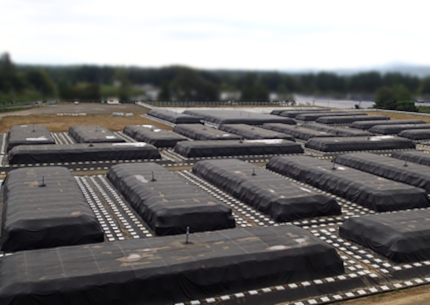
Fig.1 Examples of temporary storage sites for removed soil, etc.
-
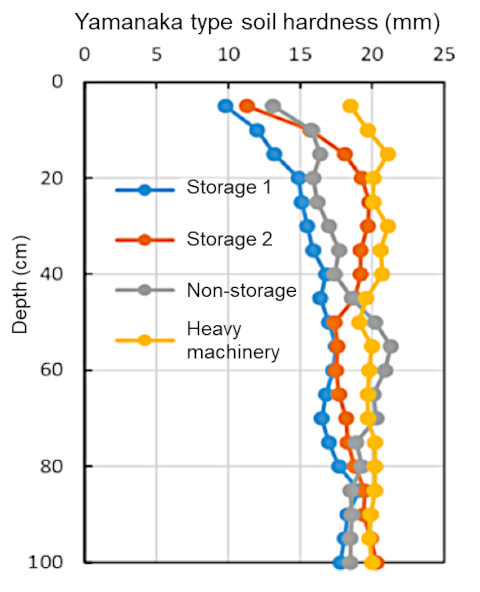
Fig.2 Examples of soil hardness measurement results in the removed soil storage area, non-storage area and heavy machinery travel paths
Then, a demonstration test was conducted for growing crops by making a farm field at the former actual temporary storage sites. In making the farm field, a plot for deep plowing (60 cm) and a plot for plowing at normal depth (30 cm) were set up to check the drainage differences. Additionally, when restoring temporary storage sites to the original states, pit sand is often used to fill the soil reduced by decontamination and the establishment of temporary storage sites, therefore, pit sand was added in the test.
As a result of the test, crops (Brassica campestris var. komatsuna, etc.,) grew to edible size in all the plots (Fig. 3). Despite adding low nutrient pit sand, it was confirmed that crops can grow with proper fertilization. It was also found that the topsoil outflow could be suppressed by improved drainage in the deeply plowed plot (Fig. 4).
-
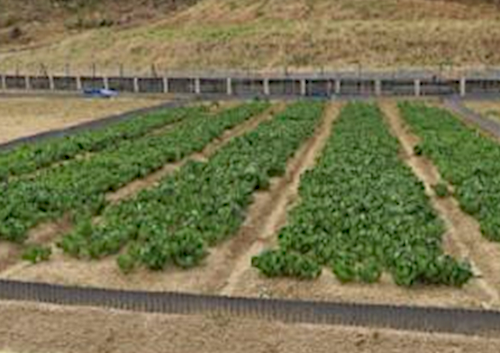
Fig.3 Growth status of crops (komatsuna)
-
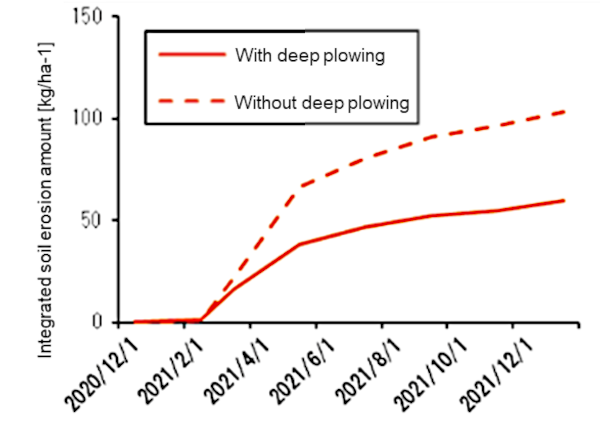
Fig.4 Soil erosion amount for each condition
Further, safety was checked by calculating exposure doses associated with use of the former temporary storage sites. Assuming various land applications at the former temporary storage sites, assessment was carried out on (1) external exposure associated with activities at the sites, (2) internal exposure by eating agricultural crops grown at the sites, (3) internal exposure by inhaling fine particles such as dust, and (4) internal exposure by the soil getting in the mouth. It was learned that the doses would be below 1 mSv a year even when calculated conservatively (Fig. 5)
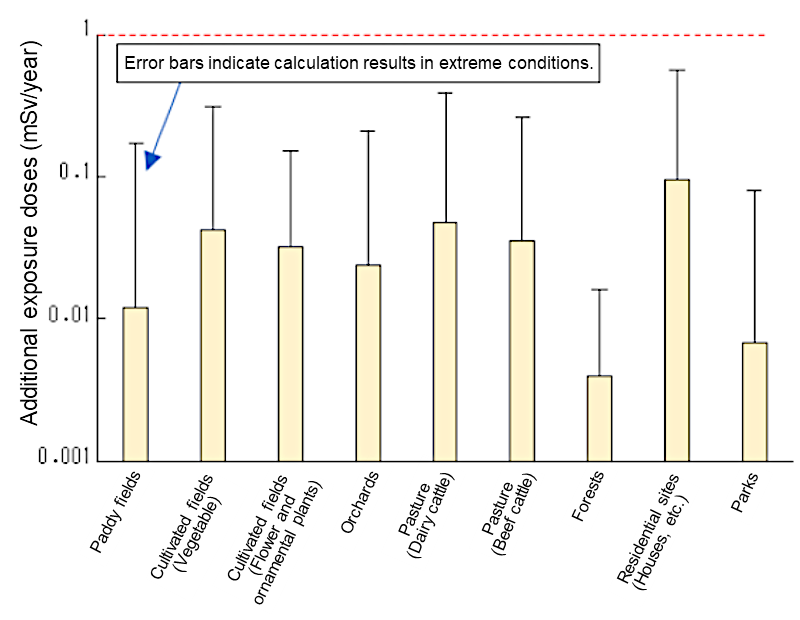
Fig.5 Assessment results of exposure doses following the use of the former temporary storage sites (for adults)
